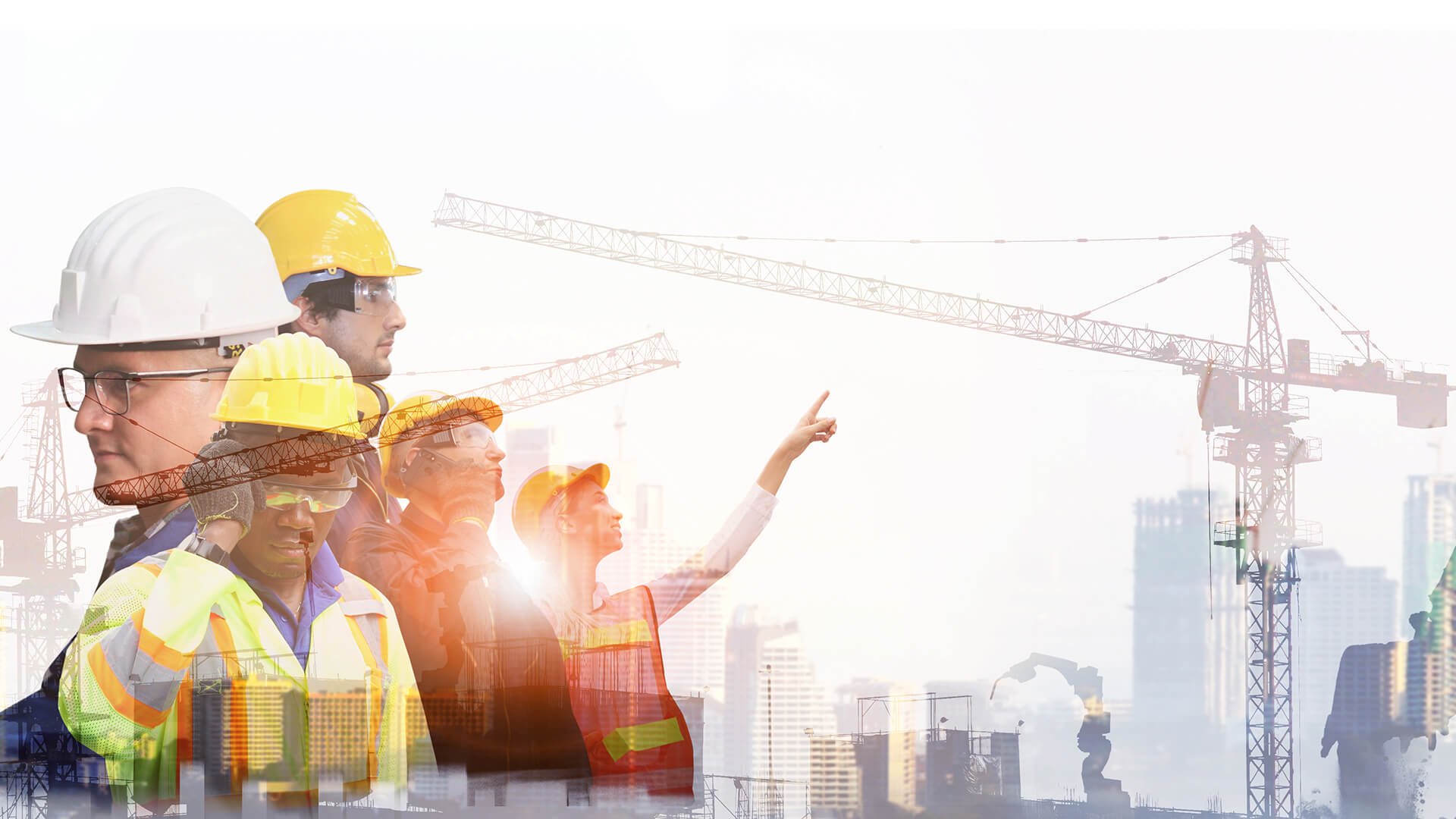By Evelyn Long, Editor-in-Chief of Renovated.
Home designs constantly evolve to keep up with the latest consumer behaviours and priorities. Sometimes these priorities are questionable, but that’s not the case as the new year comes around. 2023 looks to be a year of significant positive evolution, as these trends could reshape residential construction for the foreseeable future.
Alternative Building Methods
The construction industry’s supply and labour shortage — among other factors — has caused a housing crisis. The U.K. has a major home affordability issue as prices are rising faster than wages.
The message is clear. The industry needs to find a way to build homes fast. Two alternative building methods may offer a joint solution — modular building and 3D printing.
Modular building takes much of the risk and uncertainty out of traditional construction. Most of the house forms inside a controlled warehouse or factory, then ships to the property for easier installation. This approach has many advantages for everyone involved:
- Affordability: With less time and labour involved, modular houses tend to be cheaper than ordinary houses. Homebuyers desperately need more affordable options with soaring home prices and limited options.
- Energy efficiency: Modular building is easier on the environment because most of the project takes place indoors. There’s minimal waste and noise pollution. Adding energy-efficient features such as solar panels and smart home appliances is also easier.
- Shorter construction time: Building these houses in a factory setting eliminates many variables that might delay the project, including inclement weather and security vulnerabilities.
- Customisable design: Modular building enables contractors to assemble each section individually, giving the buyer more customisation options in the design process.
3D printing also has significant benefits, primarily in speeding up concrete and metal production. The construction industry uses almost 4 billion tonnes of concrete every year. 3D printing concrete minimises waste and makes installation much more efficient. Builders can print the material to fit their size and shape specifications and add it to the main structure onsite.
When it comes to metalwork, 3D printers contain gas-filled chambers that oxidate and heat the metal powder inside. Once the powder heats to the right temperature, a scanner covers every inch of the material and fuses the metal particles.
Waste reduction is one of the biggest hurdles the construction industry faces today and 3D printing could be the answer industry professionals have been looking for. The customisation options with 3D-printed houses are endless.
Biophilic Design
Biophilic design is an environmental architectural style that emphasises a building’s natural qualities. It seeks to mimic outdoor environments’ shapes, textures and colours to make occupants feel more in tune with nature. This style continues to gain more relevancy as homeowners become more eco-conscious.
These are the most popular features of biophilic design:
- Natural light: Every biophilic home relies more on natural than artificial light. Skylights, light shelves and window walls are common fixtures.
- Earthy colours: Green, grey, brown and other earthy tones appear most often in nature, so they’re the most common biophilic colours. Designs should use bright tones sparingly.
- Curved shapes: Biophilic buildings consist of round, free-flowing shapes. Columns, arches, porthole windows and round furniture items make frequent appearances.
- Ambiance: Sound is another crucial aspect of biophilic design. Water fountains, bird gardens and other soundscapes add another dimension of natural beauty.
- Greenery: Lots and lots of plants occupy biophilic buildings, as they bring more life and natural colours into the space. Plus, plants improve the building’s air quality.
Homes with these design features are brighter, greener and more relaxing than older homes’ jagged and blocky elements. Biophilic design covers the visual aspects of nature, but it doesn’t always make the house eco-friendly. That’s where the following trends come into play.
Sustainability
While biophilic design provides visual appeal, smart home devices and natural building materials make a house genuinely sustainable. Stone, brick, wood and recycled materials are increasingly popular in interior design. Smart thermostats and water sensors help homeowners monitor their energy consumption habits and reduce utility costs.
The rise of electric vehicles has also shaken up the construction industry, as current homes don’t have the proper accommodations to charge EVs efficiently. The construction industry must make the necessary adjustments in 2023 to keep up with the market’s expansion.
The United States has 35,000 charging stations across the country, but most are in public areas like gas stations and hotels. There is still a high demand for home charging stations. EV chargers could become non-negotiable parts of future home designs as vehicle sales continue to skyrocket.
Multipurpose Rooms
Thanks in large part to COVID-19, homes have become more than just living spaces in the last few years. Many now have full-time remote jobs and exercise at home, too. This lifestyle has given rise to multipurpose rooms designed for both work and leisure. A home office on weekdays can be a home gym or gaming room on the weekends.
Adjustable furniture makes designing multipurpose rooms easier. People can turn couches into armchairs to free up more space. Office desks can serve as kitchen or breakfast nook tables. The furniture will always look fashionable and functional no matter what room it occupies. The ability to dress up and dress down specific rooms makes a house much more versatile.
Rethinking the Modern House
Consumer attitudes and priorities are always changing, but the upcoming changes are more powerful than in generations past. Efficiency, sustainability, wellness and connection with nature will define the construction industry in 2023 and beyond. It’s time to rethink the current design approach to houses and start a new era in construction.

































